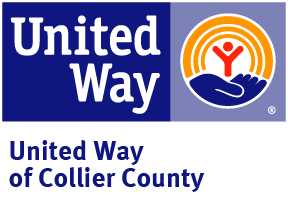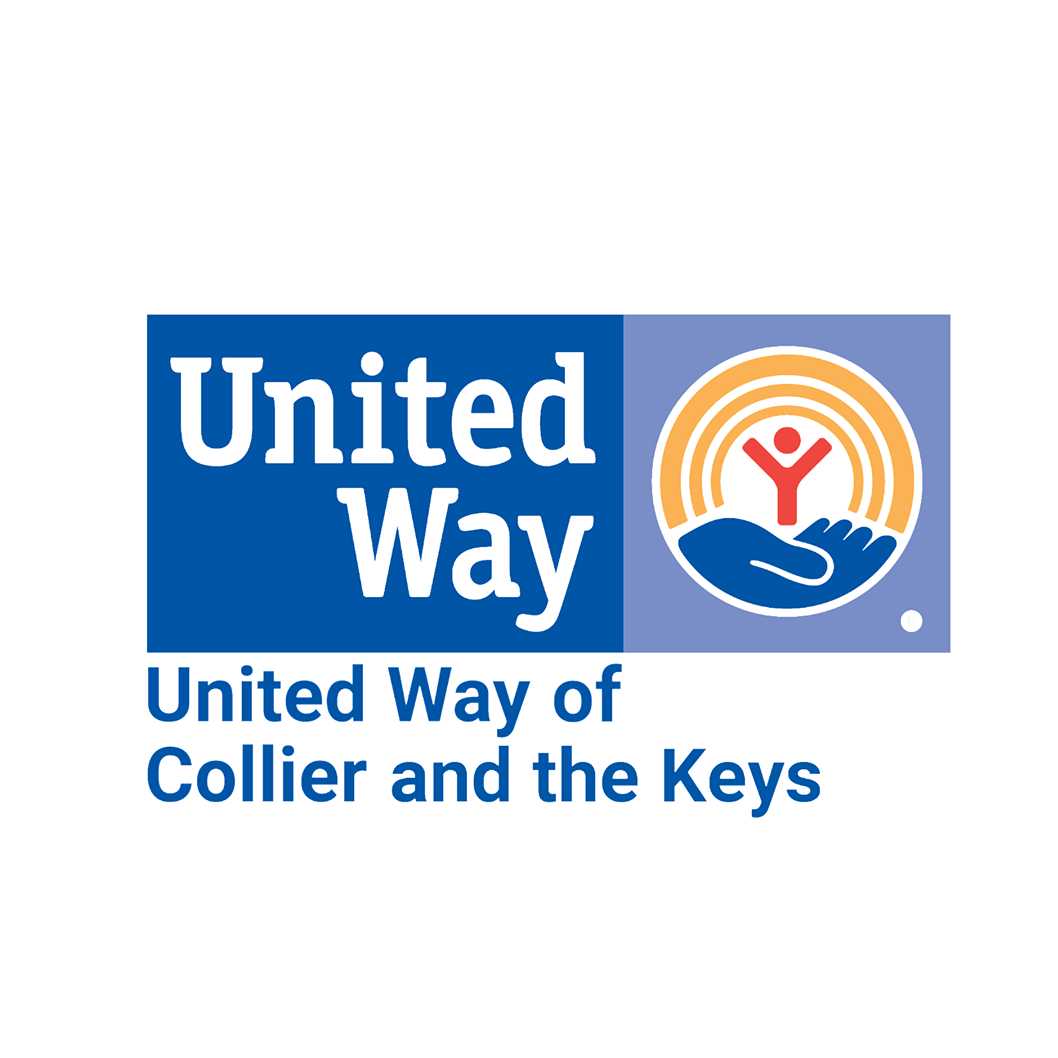
What is Affordable Housing? : Fannie Mae's definition of affordability is that a household should pay no more than 30% of their income for housing, including utilities and rent. Families that pay more, especially lower income families, are considered cost burdened because they may have difficulty paying for non-housing needs such as food, clothing, transportation, childcare, and medical care. The 30% standard can be applied to any income group. It is mostly used however to assess housing available to families earning less than the area median income. Those families are typically classified into "very low income" families earning less than 50% of the area median income (AMI)"low income" families earning 50 to 80% of AMI, and moderate income families earning 80 to 100 7 of AMI. Who needs Affordable Housing?: Any family paying more than 30 percent of their income on housing. According to HUD, an estimated 12 million renter and home owner households now may more than 50 percent of their annual incomes for housing. A family with one full time worker earning the minimum wage cannot afford the local fair-market rent for a two-bedroom apartment anywhere in the US. What Steps are being Taken? United Way held a local Community and Economic Development event to address Affordable Housing in Collier County, October 1st 2015. Robert Hickey, Senior Research Associate at the Center for Housing Policy/National Conference gave insight on a few methods currently being utilized to work towards broadening housing affordability. * Allowing mixed housing- such as apartments/condos, manufactured homes, cottage housing, and micro homes. This widens the diversity in housing markets, allowing residents to have more affordable alternative options when looking for housing. Manufactured housing alone saves $125,000 on average per unit. These savings can help reduce the overall cost of the home to lessen the gap of what residents can afford. * Preserve housing assets- they can offer incentives to extend affordability of low-cost(non-subsidized) properties, and repair assistance programs which would allow them to preserve at-risk subsidized housing. * Reduce the cost of building and renovating- for example, eliminate the need for targeted parking spaces, where on average when requiring one parking space per unit increases the cost of development by 12.5 % and two spaces per units brings it up to 25%. Fee deferrals wand waivers, streamlining permitting and approvals. * Implementing Community Land Trusts- a CLT acquires land and legally separates ownership of the buildings (home) from ownership of the land. Home buyers in CLT programs purchase only the house and enter into a long term lease agreement with the CLT for the land. Removing the cost of the land from the transaction makes the home more affordable. This creates permanently affordable housing units and allows only income qualified buyers to take advantage of them. * Focus groups are being established which include a wide variety of local businesses, non-profit organizations and government agencies committed to working together to find solutions.



3384 Wood's Edge Circle,, Bonita Springs
0.29 miles away
4451 Mercantile Ave, Naples
1.74 miles away
3050 Horeshoe Drive North Building B, Naples
1.84 miles away
2390 Tanimami Trail N, Naples
4.15 miles away